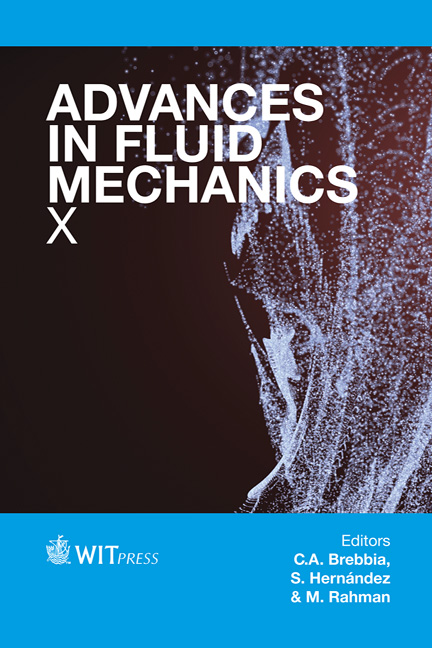Core-mantle Interactions Resulting From Sudden Changes In The Earth’s Moment Of Inertia
Price
Free (open access)
Transaction
Volume
82
Pages
13
Page Range
59 - 71
Published
2014
Size
341 kb
Paper DOI
10.2495/AFM140061
Copyright
WIT Press
Author(s)
S. Pearce
Abstract
The effect of sudden changes in the Earth’s moment of inertia on the hydromagnetic state of the core is studied. Rapid changes in georotation, due to ice age transgression and regression, are described as varying boundary conditions in an axisymmetric Earth model containing both viscous and electromagnetic coupling. The deterministic equations describing the limit of rapid rotation are employed in conjunction with restricted 2-D predictive magneto-fluid equations. A kinematic description is adopted for both buoyancy driven mass motions and the regeneration of the poloidal magnetic field. A pseudo-spectral method is used to solve the incompressible magneto-fluid equations. The variables are collocated in radius using Chebyshev polynomials and the pseudospectral evaluations in colatitude are done using associated Legendre polynomials. Time dependence and magnetic diffusion are controlled by a modified second order semi-implicit Runge–Kutta scheme. Steady state boundary layers, arising from differential motion of the outer core boundaries, were found to induce significant departures for both α2- and αω-dynamo steady state configurations. In particular, the toroidal field is found to reverse completely in the α2 model. The hydromagnetic communication time of the core, determined by the predictive magneto-fluid equations supports these deterministic calculations. The actual lag-rate of the inner core has yet to be established.Within the context of this model, it is concluded that a causal connection is plausible between geomagnetic transients and significant changes in the Earth’s moment of inertia. Keywords: dynamo theory, geomagnetic reversal, eustacy, MHD, CMHD, spectral methods, spectral collocation.
Keywords
dynamo theory, geomagnetic reversal, eustacy, MHD, CMHD, spectral methods, spectral collocation.





